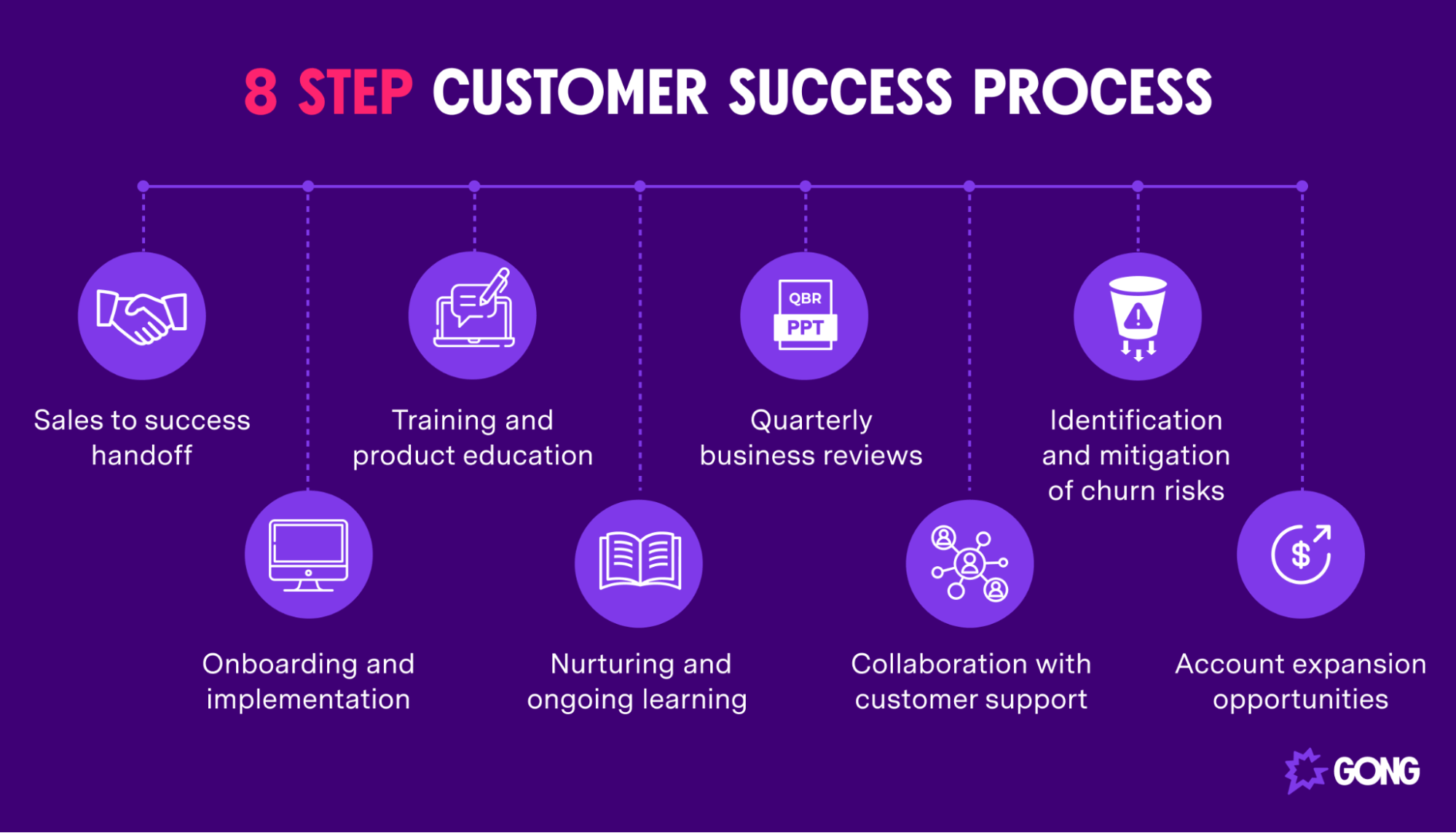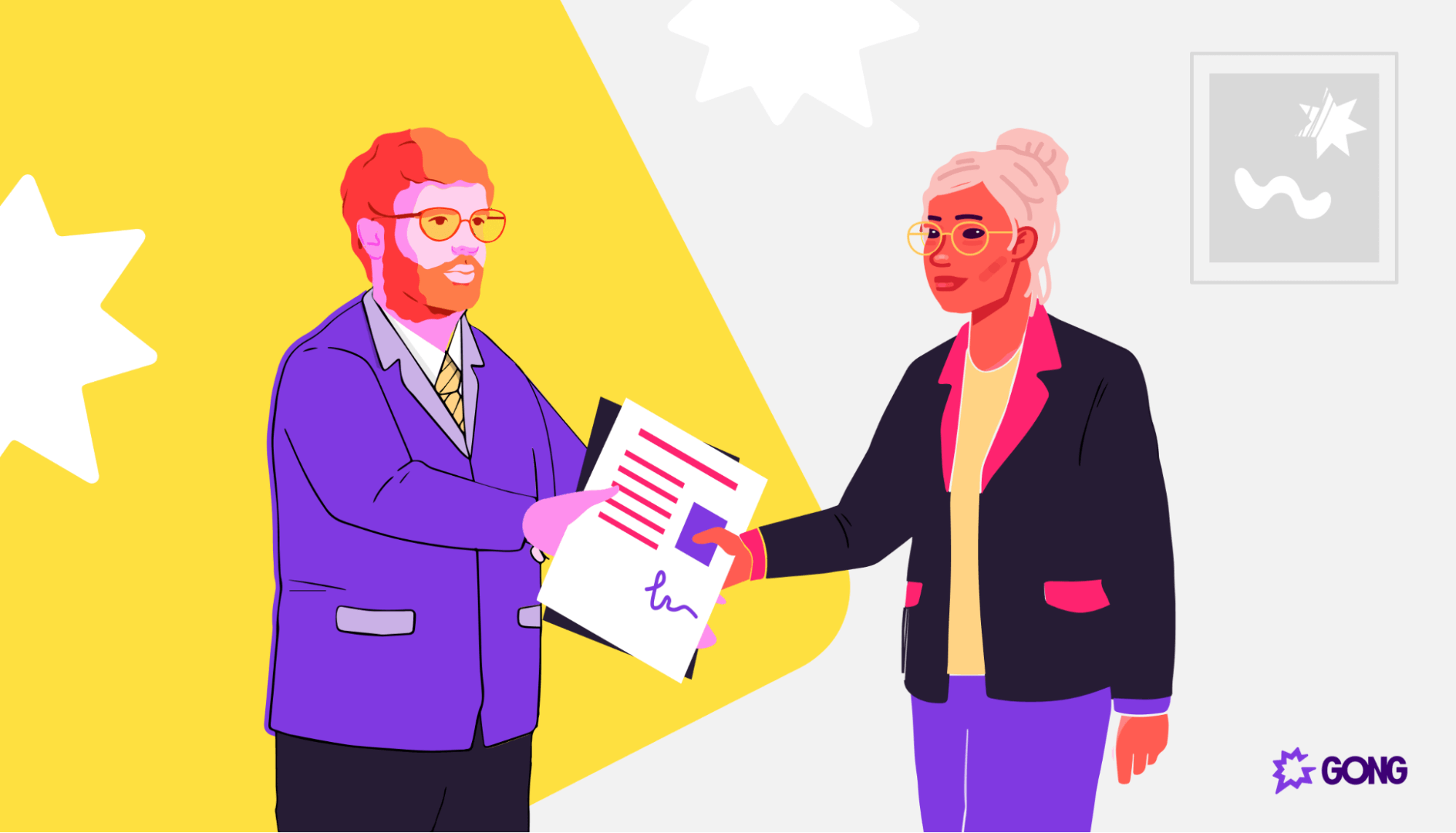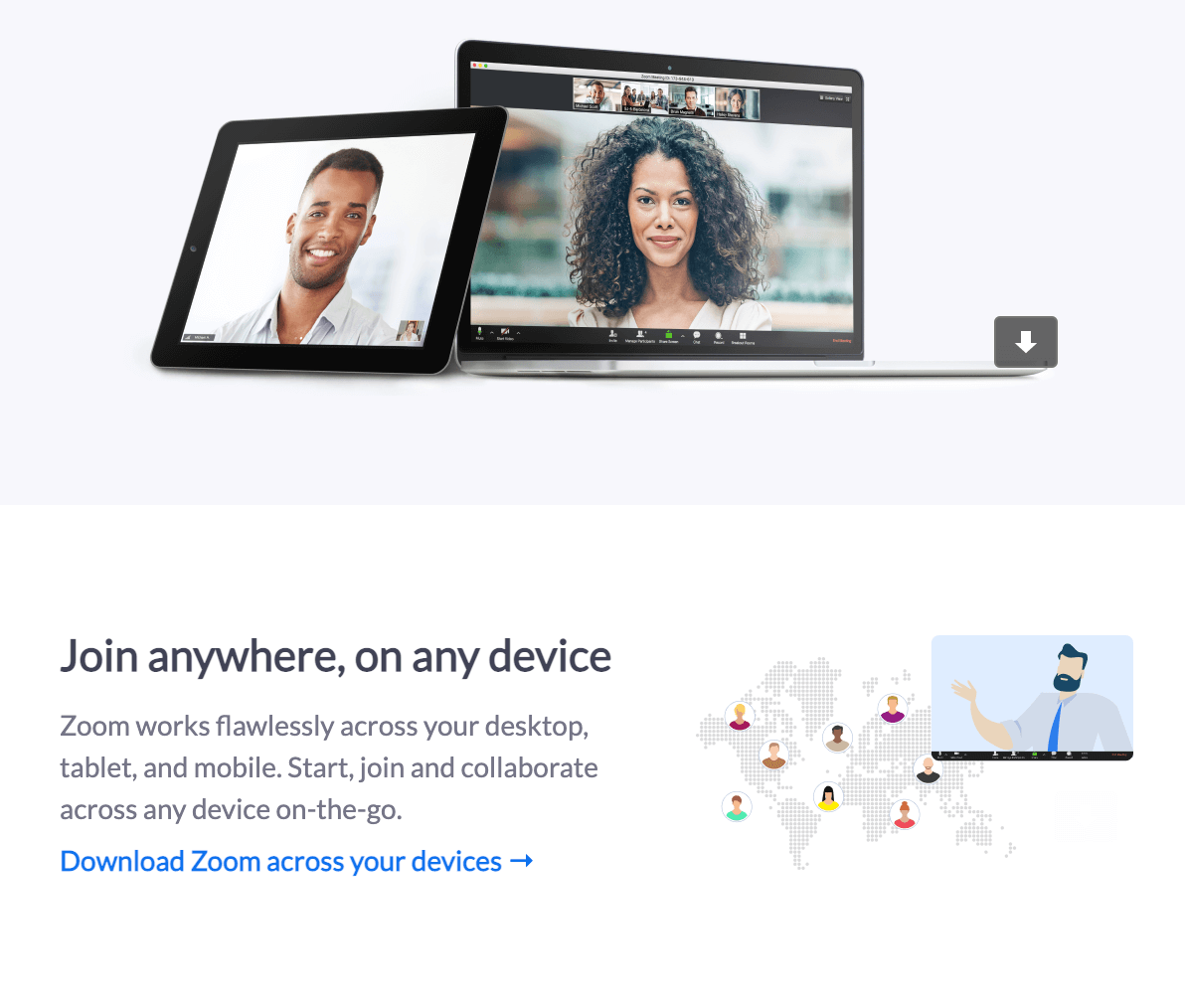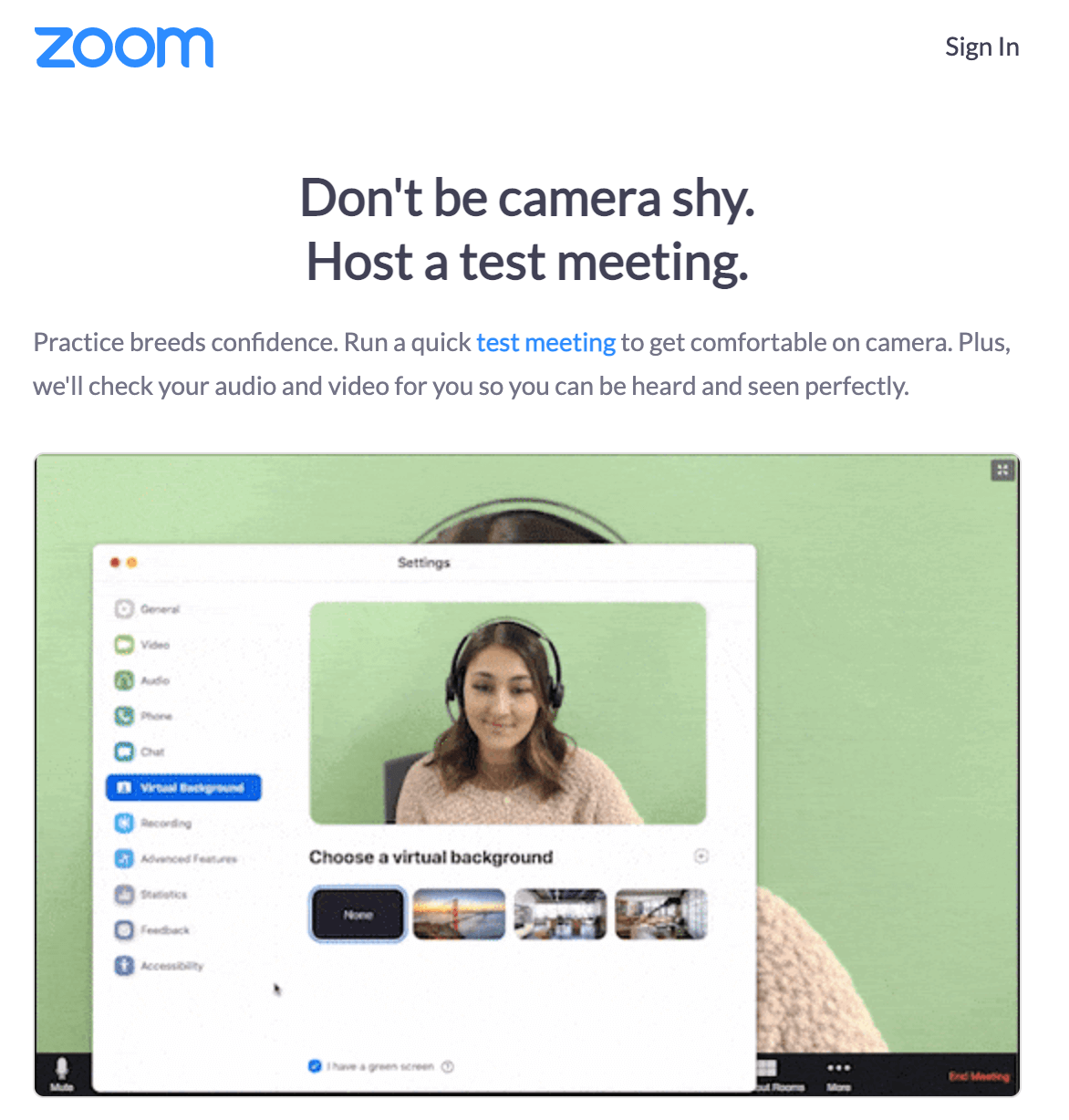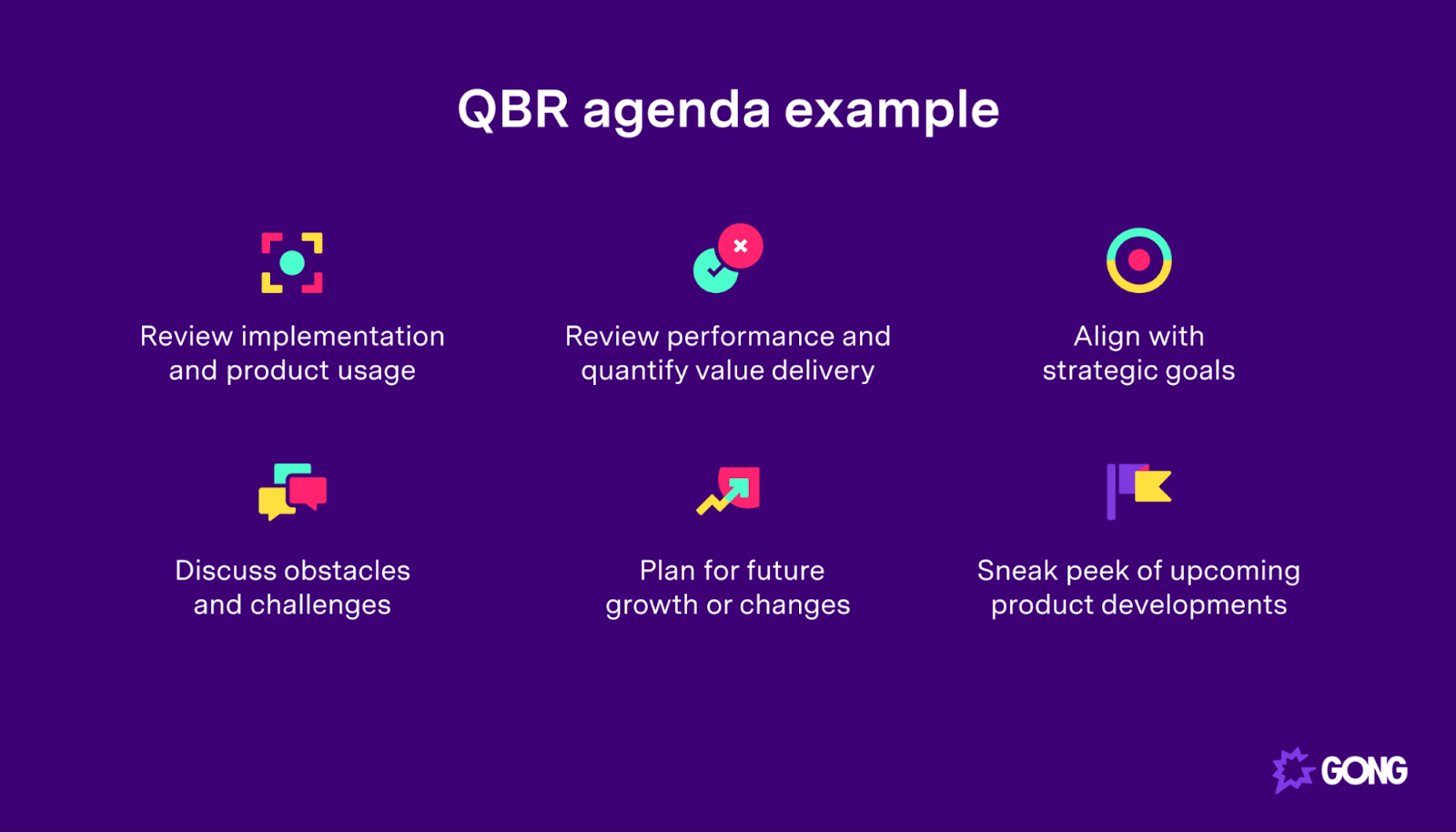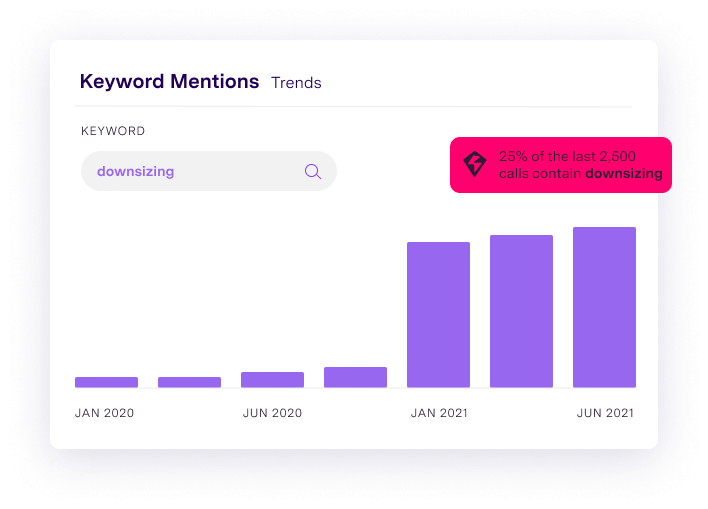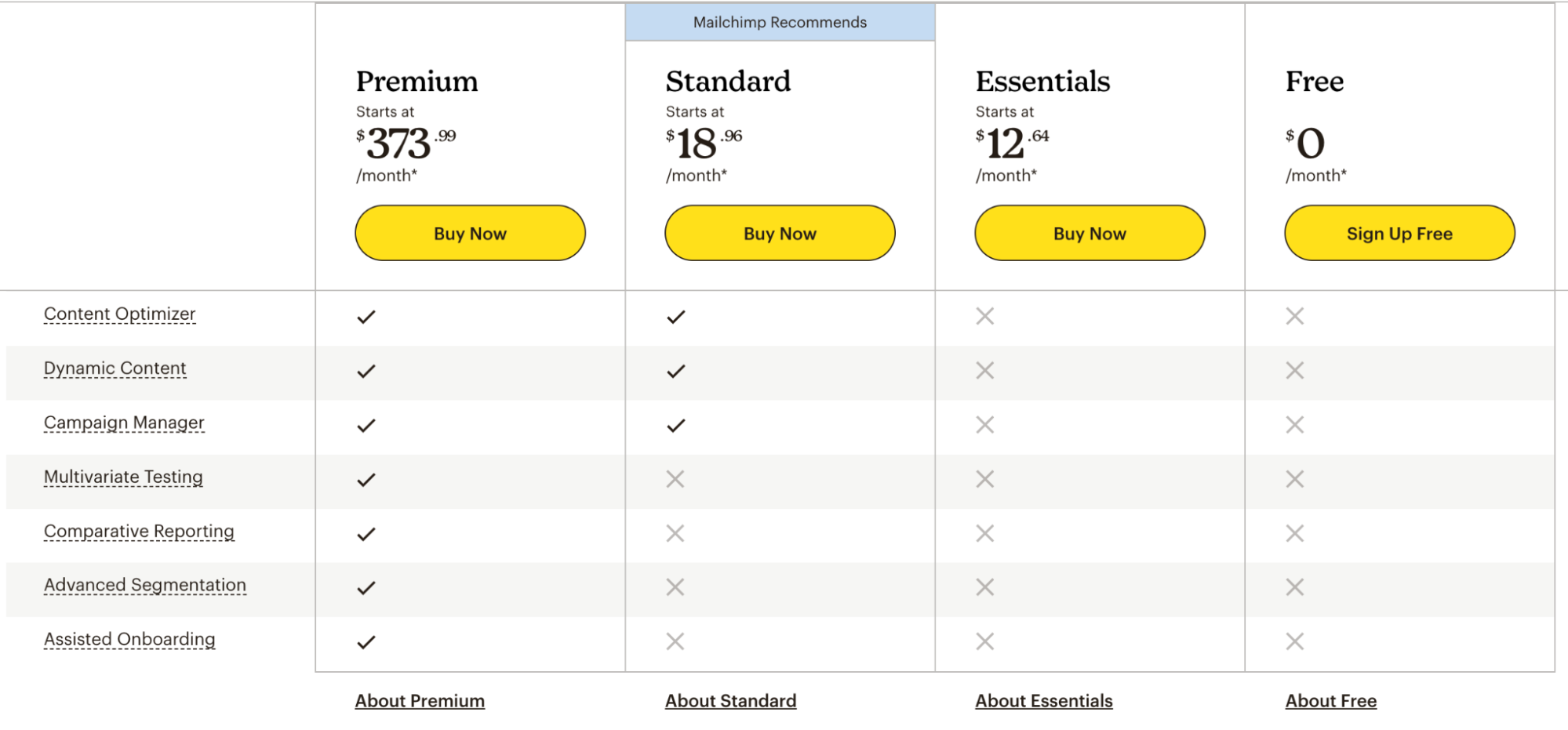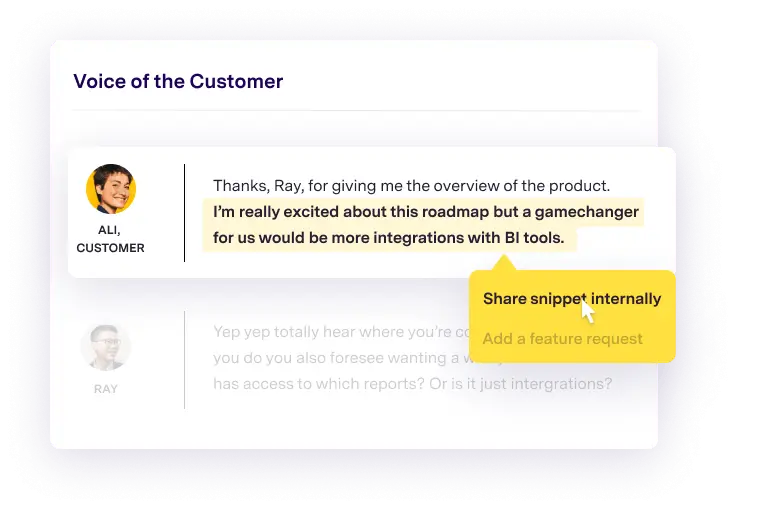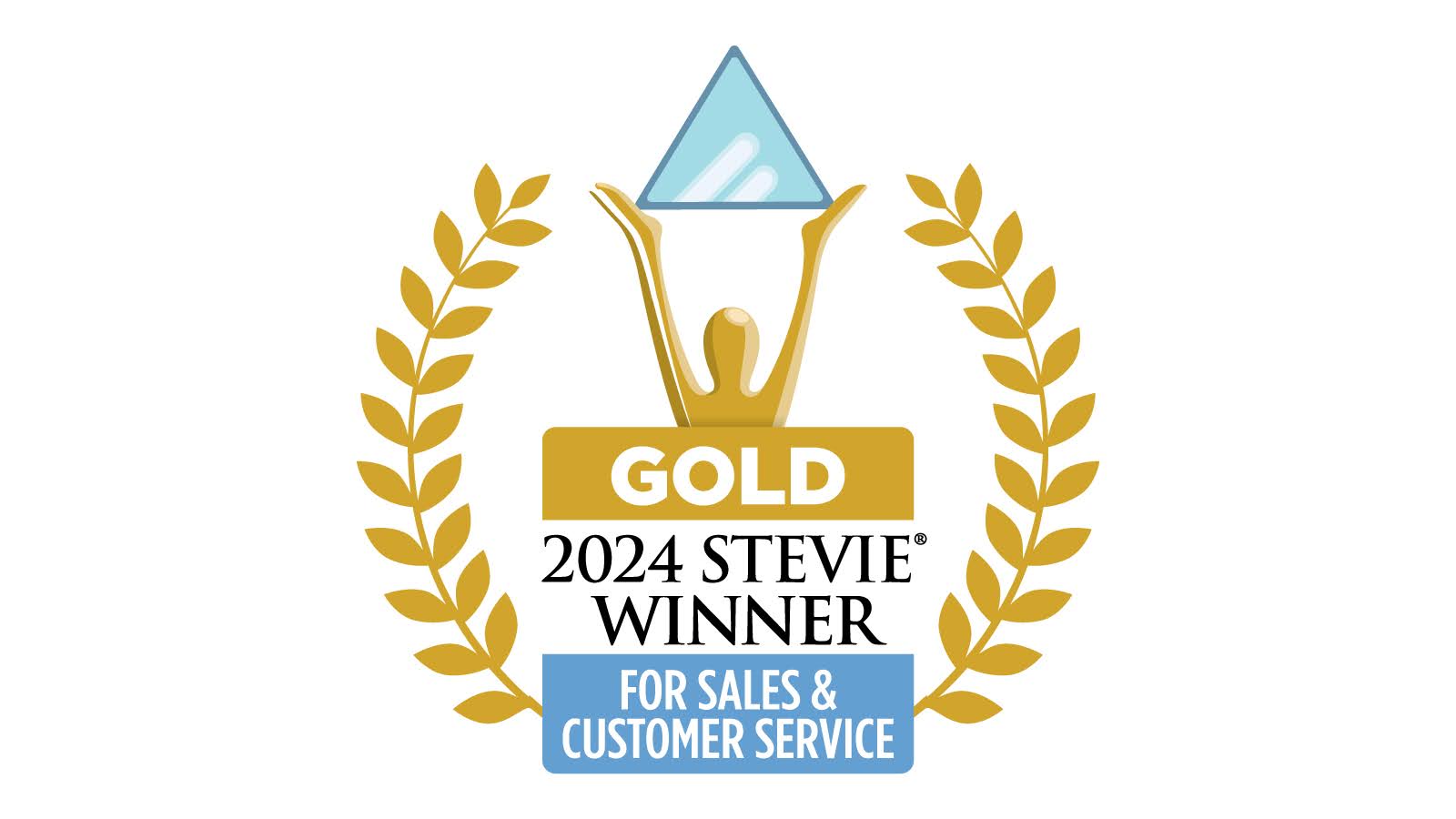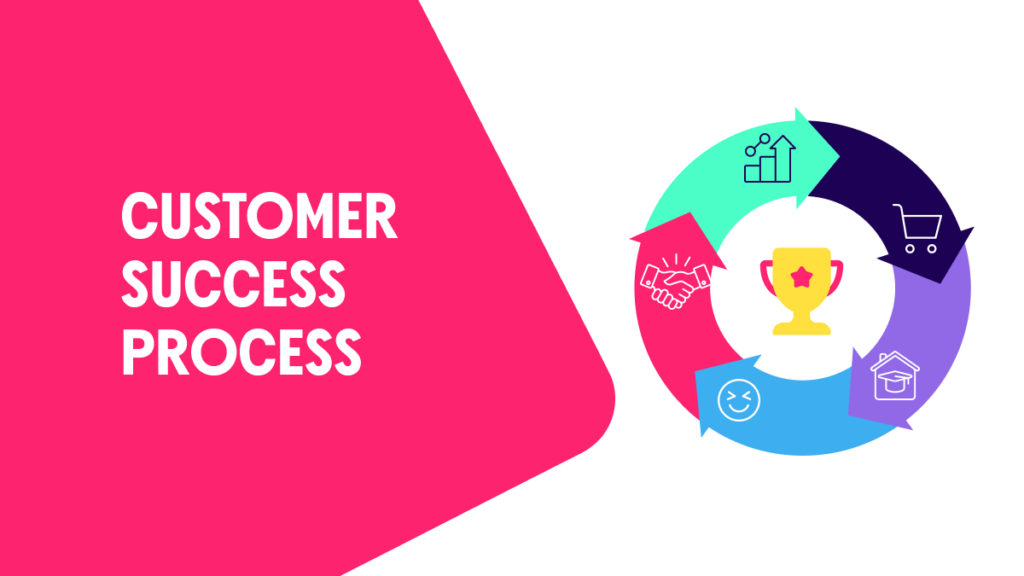
A solid customer success team reduces customer churn and improves retention and revenue growth from existing customers.
Just like your sales department, your customer success team needs a well-documented and detailed process to follow to achieve these goals.
An organized, standardized process ensures all customers receive the same level of service and improves your ability to iterate and improve by testing different approaches before implementing what works best.
This article will guide you through the eight essential steps to include in an effective customer success management process and examples of how these best practices might look in practice.
Customer success process: 8 steps to better customer retention
Improving the customer base is critical to expanding revenue. This can be achieved by reducing the churn rate and hand-holding the new users during onboarding.
Put this eight-step customer success process playbook into action to build a strong process and superlative customer service.
1. Sales to success handoff
The first step to improving the customer experience happens behind the scenes, in the handoff of new users’ information from sales to customer success.
One of the trickiest parts of the modern SaaS sales environment is the specialization of customer-facing roles and their impact on the customer journey. It’s designed to make the sales process more efficient and effective, but if not handled properly, it can feel disjointed and uncomfortable from the customer’s perspective.
Consider this typical journey:
- The customer books a demo with a sales rep
- Before the demo, they receive a qualification call from a Business Development Rep (person one)
- They then get a personalized demo with an Account Executive or AE (person two)
- The AE brings on a Sales Engineer (person three) to clarify technical aspects
- As the deal closes, the AE brings in an Implementation Specialist (person four) to help set up integrations and migrate data
- Once implementation is sorted, the Customer Success Manager, CSM (person five) is introduced
By the time the customer is actually using the product, they’re onto their fifth contact person.
The last thing you want to do here is to ask questions they’ve already answered; that’s a recipe for low customer satisfaction (CSAT) and customer health scores.
Instead, create a behind-the-scenes handoff process that allows the AE to communicate everything they know about the customer to CSM before that CSM begins their first conversation.
This handover of information can happen via:
- Your CRM – a dedicated notes section where the AE and CSM can collaborate
- A handover form – a questionnaire-style form where the AE answers questions about the customer to handoff to the CSM
- A video walkthrough – the AE films a quick video to run the CSM through what they know
- An in-person meeting – the AE and CSM meet to discuss the customer, giving the CSM more opportunity to ask clarifying questions
2. Onboarding and implementation
In a product-led environment (think low-cost, uncomplicated SaaS companies like Netflix and Zoom), customers can onboard themselves with a little help from automated email campaigns like this:
A personalized onboarding process is a critical part of the customer success process for SaaS companies, particularly as you move upmarket and start selling to enterprises.
The handoff process described above should guide you on what you’ll need to cover in this onboarding sequence.
Your onboarding call should focus on getting the customer set up with the essentials to start exploring the product. Think of things like:
- Where to find your product’s key features
- How to create new integrations
- How to invite new users
- Where to go if they need technical support
3. Training and product education
Training and education should combine automated content distribution and personalized contextual video calls.
For Zoom, simple activities like learning how to host a meeting can be taught using pre-built content.
Suppose Zoom were onboarding a new customer with a dedicated CSM. In that case, they might follow up on the above email with a walkthrough discussing how the customer could use meeting templates and recurring appointments to maximize efficiency and achieve the desired outcome.
Leave a week or so between your onboarding call and your first training session, so your customer can explore the platform and come to you with any questions they have about specific functionality.
Additionally, if you’re onboarding a large customer, engaging in training sessions with other key users may be helpful, not just the critical stakeholder your sales team worked with.
This will help take pressure off a single stakeholder, improve product adoption, and allow you to add some additional revenue through a cross-sell training package.
4. Nurturing and ongoing learning
Where the previous step is more about initial product education and getting your customer set up properly in your software platform, this stage is an ongoing process dedicated to helping them get the most out of your offering.
It’s really what customer success is all about.
You’re going to use two data sources to determine what education to provide:
- Your understanding of the customer’s goals, use cases, and needs
- Product utilization data
Say you’re a CSM at Semrush. One of your customers is a digital marketing agency; they’ve been with you for six months.
You know from your initial onboarding conversations, as well as the info passed over to you from the original sales rep, that your customer’s biggest goal is to be able to demonstrate ROI to their customers.
Looking through your product analytics suite, however, you can see that they haven’t set up any domains to track, meaning they can’t report on progress.
Here would be an excellent opportunity to jump in and provide contextual product education that helps the customer achieve their organizational goals.
5. Quarterly business reviews
Aside from your contextual product education, which can happen anytime, a great customer success process includes quarterly business reviews.
These happen every three months (obviously) and cover the same agenda each time. Here’s a high-level view of what to cover.
When running QBR meetings, your goal is to align with customer goals, usage, behaviors, and needs. It’s simply a formalized way of saying, “So, this is what we talked about last time. Is that still true?”
Your recommendations and product education wouldn’t be relevant if you do not align with your customer’s strategic goals. QBRs help you maintain that relevance.
Learn more about creating a QBR agenda in our guide: How to Create a Quarterly Business Review Agenda, Plus Examples.
6. Collaboration with customer support
Customer support and customer success (or customer service) are often interchangeably used. They sound similar, and both departments help your customer base after the initial sale.
But they have a very different focus.
Support is about the short-term, resolving technical issues as and when they arise. Success is about the long-term, helping customers get the most out of the product and achieve their goals.
Nonetheless, the two teams should have an open line of communication.
If, for instance, a customer at Semrush raises a support ticket about a challenge they are having with the Rank Tracking feature, the support team should pass this information on to a customer success team member.
The customer support team member should resolve it (that’s their job), but raising this to the CSM helps them understand more about how the customer is looking to use the tool.
Then, the CSM can jump in proactively and provide personalized education on the feature specific to the customer’s use.
7. Identification and mitigation of churn risks
Good customer success managers always look for signals indicating a customer is about to churn. However, these signals aren’t always as evident as a customer saying, “I’m thinking of canceling my subscription.”
Revenue intelligence platforms like Gong can surface churn risk signals from multiple sources to help CSMs get in front of potential cancellations.
For example, suppose a customer has mentioned a competitor in previous conversations or has referenced the fact that the company is downsizing. Gong will notify the CSM that retention is at risk in that case.
8. Pinpoint account expansion opportunities
Aside from helping customers get the most out of your tool, your job as a customer success manager also includes identifying opportunities to drive expansion revenue.
There are really three ways most SaaS companies can do this:
- Upselling to a higher pricing tier
- Cross-selling add-on products
- Increasing user count
Again, combining product usage data and your understanding of customer goals should drive these recommendations.
Say, for instance, that you’re a CSM at Mailchimp and have a customer on the Standard plan.
You know that one of their core business goals is to serve more relevant emails to their customers to drive engagement. You’ve also seen that they’ve been experimenting with dynamic content to serve different customer segments.
Spotting an opportunity to upsell the Premium plan, you schedule a call with the customer to talk about their current segmentation processes and how the Advanced Segmentation feature (part of the Premium plan) might help them level up their marketing approach here.
elevate your customer success management process with Gong
A strong process dedicated to improving the customer experience is key to creating engagement across the customer journey and driving continuous improvement on metrics like churn rate and customer lifetime value.
To really maximize your ability to create happy customers, your success team needs the right tool and all the help they can get; enter Gong, the customer success sales process platform.
Gong’s intuitive customer success software helps drive customer satisfaction across all touchpoints:
- Discover best practices for developing high touch success processes that create strong customer relationships
- Reduce churn rates with automated churn signal alerts that let CSMs jump in before the customer feedback hits
- Understand customer sentiment across multiple contact sources (email, messaging, phone, video, etc.)
- Know exactly when to upsell additional products with buying intent signals
- Remove data silos and get all of your team working together from lead generation through to customer acquisition and into your customer success strategy
Make growth and renewals the norm with Gong
Think Gong’s customer success platform is just the tool for your team? Discover how Gong can help you create successful customers by booking a demo with us.
